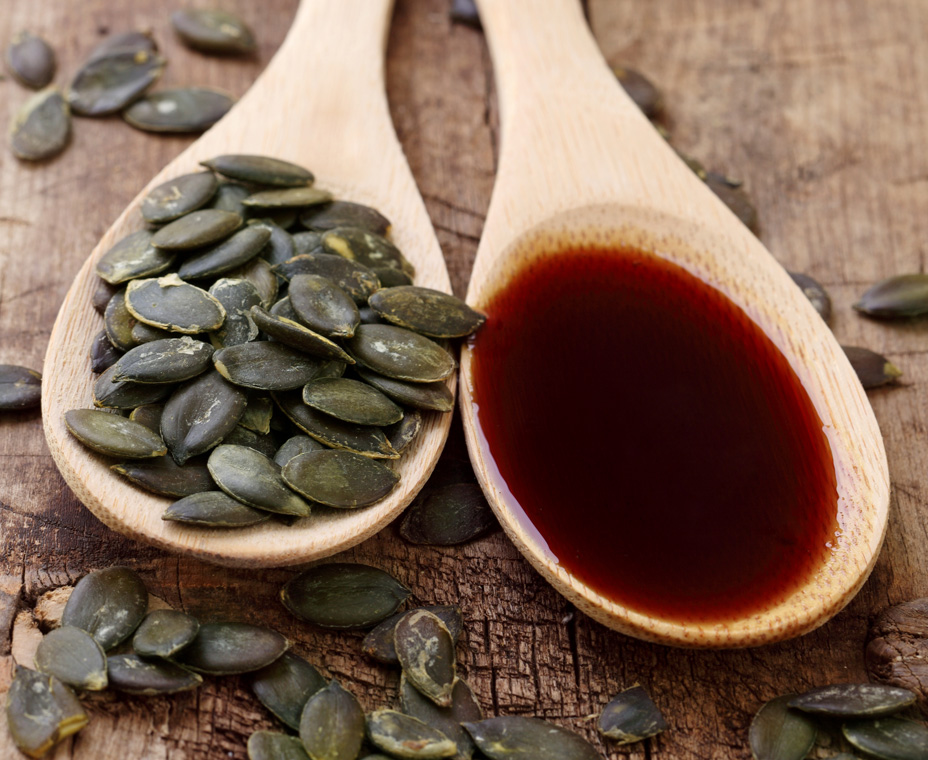Generally speaking, fast-food and fast-casual chains want the oils they use for frying to play a modest and mostly unassuming role in the taste of their food.
Oh, sure, they’ll occasionally trumpet the types of oils they use as a means of appealing to consumers’ desire for ingredients that promote good health and nutrition. You’ll see claims like, “Fried in 100 percent pure canola oil!” or “We use only organic, all-natural soybean oil” in marketing materials. But, by and large, most oils used for frying are intended to have as little impact on the consumer’s sense of taste as possible. The idea is for the flavor of the cooking medium to utterly disappear deep underneath the flavor of the protein, starch, or vegetable being fried, as well as the breading or seasoning with which they’re coated.
That’s not a bad tactic. But it overlooks the fact that while some oils don’t really have much to offer in the flavor department, many other lesser-known oils do. Take, for example, avocado oil, which is becoming quite popular as a direct result of the unique, mild nutty flavor and the light, buttery texture it imparts to whatever it touches. In this respect, and from a health perspective, avocado oil is not unlike olive oil. It’s high in monosaturated fats—one of the so-called “good fats”—and has a high smoke point, a beautiful pale green color, and a versatility that makes it perfect for frying or for use in salad dressings. There are even “extra virgin” avocado oils on the market today, which suggests the trend is beginning to get legs. Kettle Brand potato chips now tout the use of avocado oil, as does Primal Kitchen, which makes mayonnaises, spreads, and dressings with the stuff. Other companies no doubt will follow suit.
Subtlety and mildness aren’t the first words that come to mind when speaking of coconut oil. Its flavor and aroma are far more assertive than those of many other well-known cooking oils, and it’s one of the few oils whose label will tell you both how to use the product in cooking as well as how to use it as a moisturizer and makeup remover. Coconut oil has a lower smoke point than some other oils, though it’s still excellent for deep-fat frying.
Now, you may recall that not long ago, coconut oil and other tropical oils were reviled for being high in saturated fat. But in recent years, coconut oil, like the fruit’s milk and water, has been hailed as a kind of miracle ingredient. Indeed, the Bulletproof Coffee brand is making a name for itself by recommending that consumers add coconut oil and unsalted grass-fed butter to their morning joe, in part to support brain health. Hard to say whether this trend is more than a flash in the pan, but the company is already proving to be something of a market force in the coffee sector.
Grapeseed oil might be the least remarkable of the oils discussed here, but it is finding favor in many corners for its pale yellow hue and light, neutral flavor. Dressings, condiments, sauces, and spreads are all popular grapeseed oil applications. And some high-end establishments have found other interesting uses for it, as well. At Dominique Ansel Bakery in New York, they’re frying cronuts in the stuff, with what are reported to be excellent results. And in San Francisco, the restaurant Pläj offers Morro Bay oysters served with pickled apple and smoked grapeseed oil. The very fact that grapeseed oil works with fried pastries and oysters alike makes it worth at least a casual look.
In Europe, pumpkin seed oil—a viscous, dark-green-to-near-black product high in antioxidants and unsaturated fatty acids—is almost mainstream nowadays, though it remains relatively obscure on these shores. Occasionally, I’ve spotted the stuff on restaurant menus on the West Coast, but it remains a largely untapped opportunity for restaurants and retailers.
Finally, there’s algae oil, which might be viewed as the wave of the future among cooking oils. To produce it, the manufacturers grow a specific type of green algae (that’s right: The stuff that grows in home aquariums!) and then squeeze the oil out of it. In liquid form, algae oil has a high smoke point and is touted for being rich in healthful omega-3 fatty acids, among other nutritional benefits. In solid form, algae oil can be used as an egg and butter replacement in baking applications. The sustainable nature of the algae oil production process also holds considerable appeal for companies looking for alternatives to more controversial palm oil or those made from other crops that require more energy and land to cultivate, produce, and transport to market.
It may be that fast-food and fast-casual chains will continue to prefer oils that draw less attention to themselves. But for concepts looking to differentiate themselves through the use of ingredients with claims to healthful properties and more novel tastes, the foregoing options offer some interesting possibilities.
This story originally appeared in QSR’s January 2017 issue with the title “Not-So-Crude Oils.”












